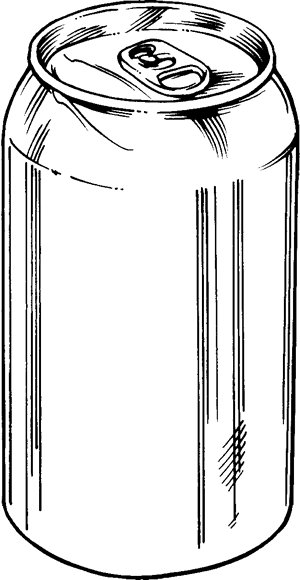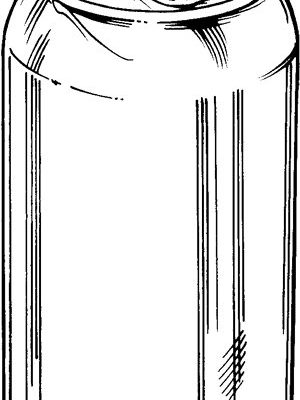
Here’s the thing: warranties can be confusing, especially when appliances change hands. LG is a popular brand, known for making dependable washers and dryers (and let’s admit it, those front-loaders look pretty sleek). But when someone moves or upgrades, what happens to the protection plan—or rather, can you just hand it over like the appliance itself? Let me explain how it all works, what you should look for, and how to avoid surprises if you’re buying or selling an LG laundry appliance.
Understanding LG Laundry Appliance Warranties
Let’s start with the basics. Most LG washers and dryers come with a manufacturer warranty that covers repairs or parts for a set period, usually one year for general parts and labor. Some high-end models even come with extended coverage on things like the drum or direct drive motor, sometimes up to ten years.
What these warranties cover is pretty simple: if something fails because of manufacturing defects—not regular wear and tear or accidental damage—LG will fix it free of charge. It’s like a safety net for when your washer decides to stop mid-spin or your dryer just won’t heat up anymore.
Honestly, the nitty-gritty in the warranty booklet can look like it’s written in code. But the key idea is, LG promises to stand behind their product for a certain amount of time. The big puzzle, though, is what happens when you’re not the original buyer.
Are LG Appliance Warranties Transferable?
You might be wondering, “Can the warranty on an LG laundry appliance just move to me if I buy it secondhand?” Here’s where things get a bit less straightforward.
Most LG manufacturer warranties are not transferable. That means if you’re not the original purchaser—the person whose name and purchase info is on the receipt—the warranty technically doesn’t move over to you. So if you snag a nearly-new LG washer on Craigslist, the warranty likely stays behind with the seller.
But there are a few twists:
- If you buy from an authorized retailer and register the product in your name right away, you’re golden—the warranty is yours.
- Some retailers offer their own extended protection plans. These sometimes have different rules, so always ask about the fine print if you’re buying an “open box” or floor model.
In most private sales (like Facebook Marketplace or yard sales), the manufacturer warranty won’t follow the appliance to its new home. It’s a good reason to double-check before you hand over any cash.
How LG Tracks Warranty Ownership
Let me explain how LG keeps tabs on who owns the warranty. It all starts with registration. When you buy a new LG washer or dryer, the smartest thing you can do is register it using LG’s online portal or by mailing in the included card. They’ll ask for your name, the model and serial number, and the original purchase date plus a copy of your receipt.
This info is tied to your account and acts like the “key” to unlock warranty service if you need a repair. If someone else tries to get warranty help and their details don’t match what LG has on file, it’s likely the claim will be denied.
Transferring ownership isn’t a built-in option. Even if you give the new buyer all your paperwork and the box (because hey, some people love keeping boxes), LG generally holds fast to their “original purchaser only” rule. So the warranty is locked to the first buyer—kind of like how a downloadable code for a video game only works for the first person who redeems it.
Extended Warranties and Third-Party Plans
Here’s where the plot thickens: not all protection plans are created equal. If you or the previous owner bought an extended warranty or a third-party protection plan (think big box stores, retailer add-ons, or companies like SquareTrade), the rules might be different.
Some third-party plans are more flexible. They might let you transfer coverage to a new owner, often with a quick phone call or a simple form. For example, if there’s a sticker or paperwork for an extra five-year warranty from the store, check the terms—there’s a real chance you can move it with the appliance.
But—and this is important—these plans usually aren’t tied to the LG system. That means you’ll need to contact the provider directly (not LG) about how to transfer, update, or claim coverage. Always get any transfer details in writing before you finalize a sale or purchase.
What If You Need Service During a Sale?
Selling or buying an LG washer mid-warranty can get awkward if something goes wrong right around the transaction. Picture this: you’re about to hand off your dryer, but suddenly it won’t turn on. The warranty is still active, but you’re not sure who should call for service.
Technically, only the registered original owner has claim to manufacturer service. If the appliance breaks while you’re still listed as the owner, it’s smart to handle the repair yourself—LG might not honor a claim from a brand-new buyer who isn’t on their paperwork.
If you’re the one buying, ask the seller to get any warranty-covered repairs done before you exchange money or move the appliance. Once the sale is final, the official warranty protection may disappear, leaving you with troubleshooting costs. It’s a little like making sure the tank is full and there are no warning lights before driving off in a used car.
Comparing With Universal or Refurbished Appliances
You might be thinking: what about universal appliances or factory-refurbished LG machines? Here’s how things usually play out.
Universal or off-brand parts and machines typically have their own coverage plans, but they rarely interact with LG warranties. If you’re installing a universal remote or a non-LG replacement part in your washer, that won’t reset, extend, or transfer any existing LG warranty. In fact, using non-LG parts can sometimes void your coverage—so keep that in mind.
Refurbished appliances may come with a special warranty, but this is almost always from the seller or refurbisher, not LG. These can be transferable, but again, you have to read the specific terms. Never assume that a “new warranty” just picks up where the old one left off.
Tips for Buyers and Sellers: Protecting Yourself
If you’re selling your LG washer and want to be transparent (or buying one and want peace of mind), here’s what I suggest:
- Always ask the seller for the original purchase receipt and any warranty paperwork. Even if the warranty isn’t transferable, it’s useful for trouble-shooting, resetting, or pairing new parts.
- Double-check the age of the appliance using the serial number. LG appliances have a code that tells you when and where it was made. Google “LG serial number decoder” if you’re curious.
- If you’re buying a used appliance from a retailer, ask specifically about which warranties apply and how code or claim handling works. Retailers might offer their own plans, which sometimes are transferable.
- When in doubt, contact LG customer service directly. They’ll help you sync up the details and clarify the rules for your exact model.
Most of all, go into second-hand appliance transactions with your eyes open. Warranties are rarely as simple as “the box says 10 years,” especially if you’re not the first to own the appliance.
Final Thoughts: What’s the Bottom Line?
So, can you transfer warranty on a LG laundry appliance to a new owner? The honest answer: not usually—at least not the manufacturer’s standard warranty. LG’s official policy ties coverage to the original purchaser, leaving secondhand buyers out in the cold for most repairs under warranty.
But all is not lost. Extended and third-party plans might offer more flexibility, so always check the fine print. Whether you’re buying, selling, or just daydreaming about a quieter spin cycle, knowing how LG handles warranty transfers will help you avoid headaches (and out-of-pocket costs) down the road.
When in doubt, don’t be afraid to reach out to LG support or the warranty provider to ask how things work for your specific appliance and situation. In the world of laundry appliances, a little research and clear communication go a long way—almost as far as a freshly washed, fluffy towel.
